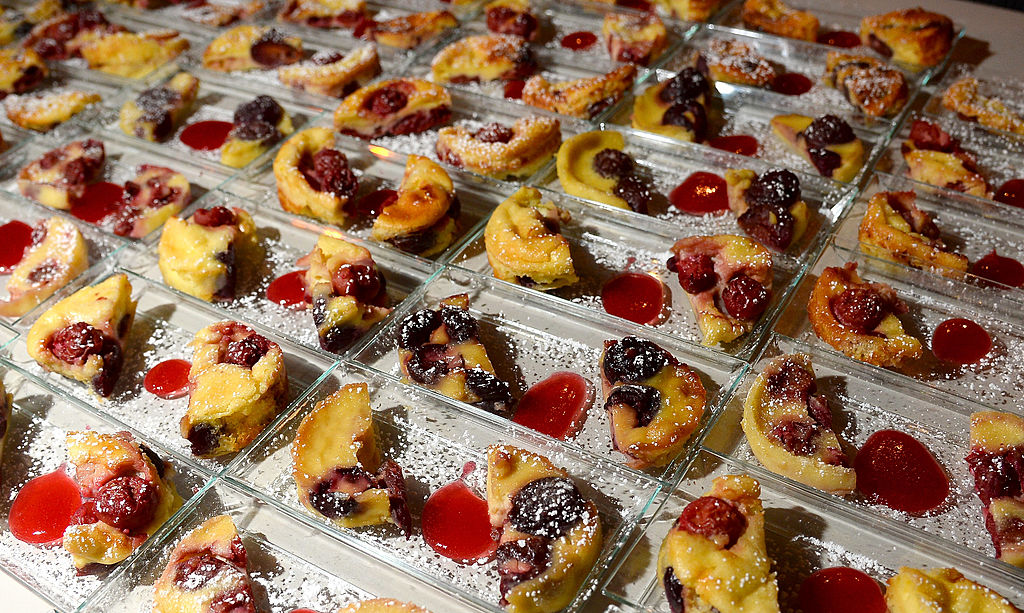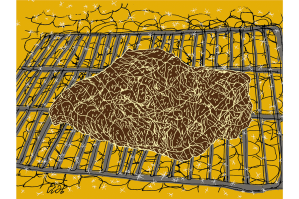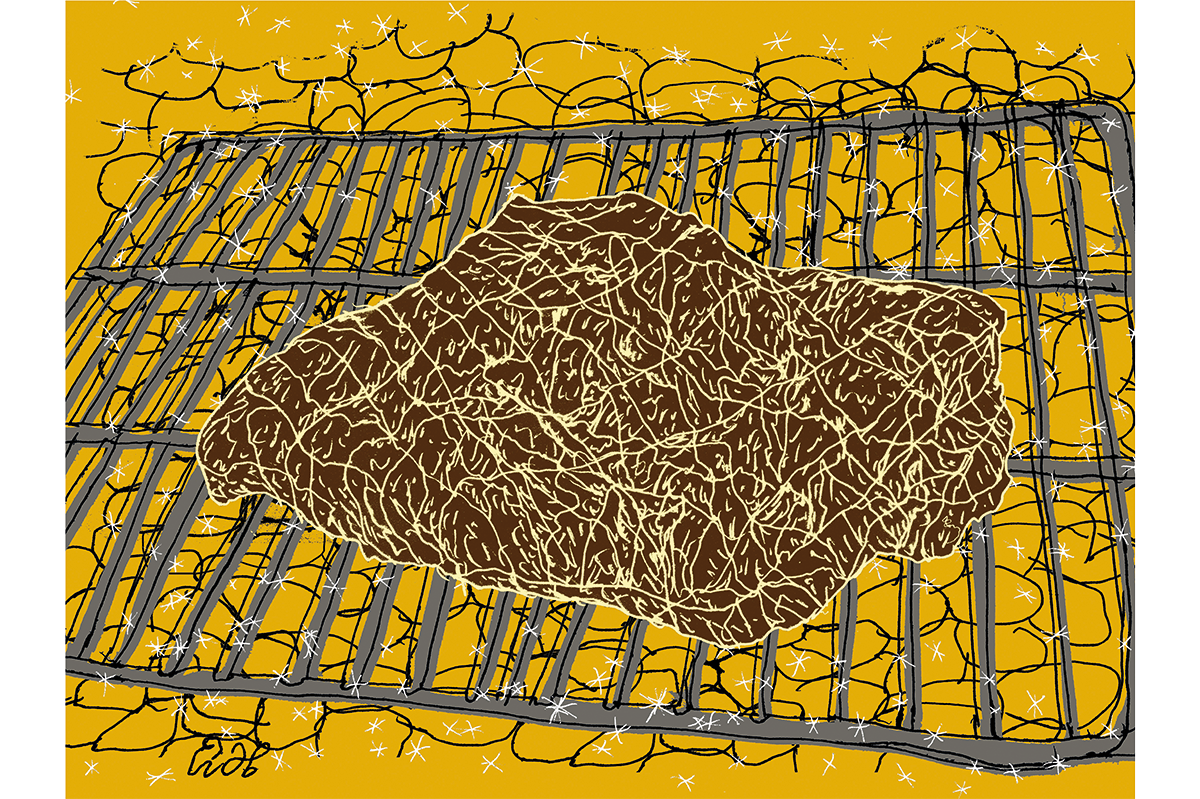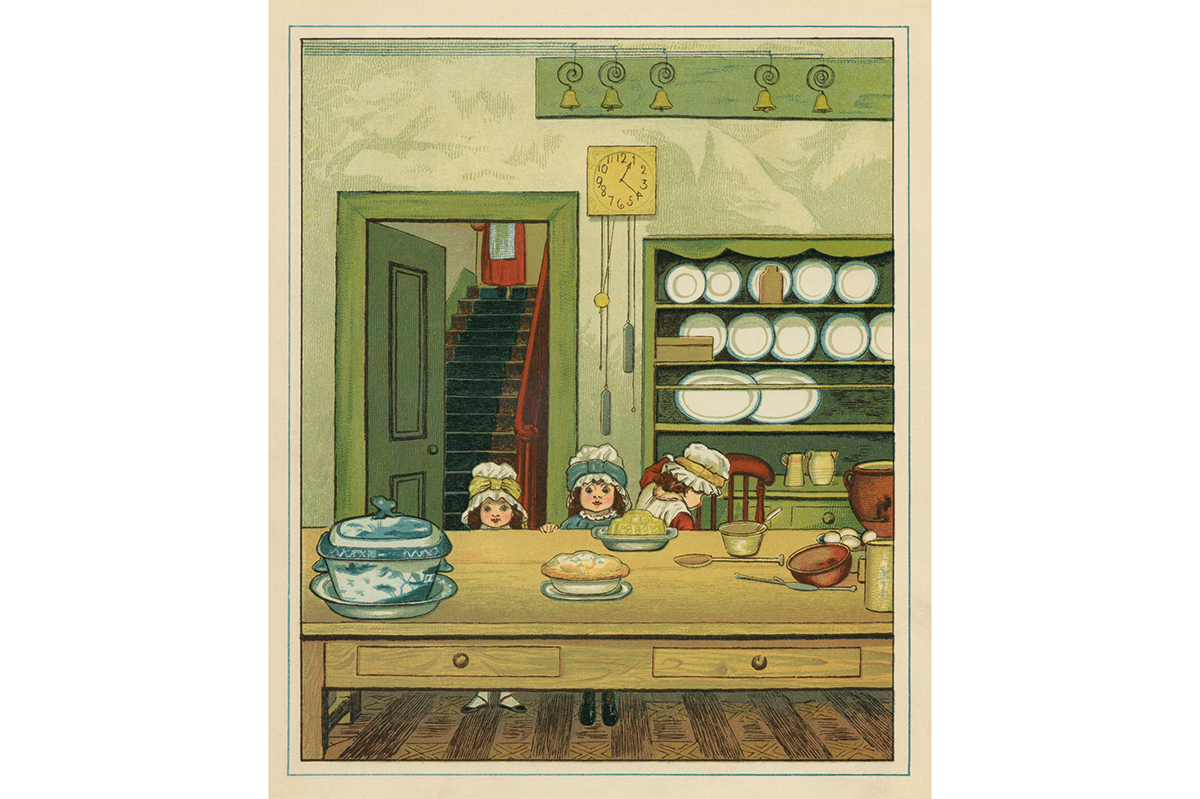Clafoutis. Difficult to pronounce. But oh-so divine and easy to make. Originating in the Limousin region in south-central France, its name comes from the Provençal clafir, “to fill.” So popular was it “to fill” a dish with fruit and batter, that by the nineteenth century, the renown of clafoutis had spread from the Limousin to other regions of France and bordering countries.
This classic and elegant summer dessert is usually made with cherries, among the first fruits to ripen, but also with other stone fruit as they appear — apricots, plums, berries and on into the fall with pears.
This summer here in Burgundy, I shall be making clafoutis for my family and friends sans cesse, from cherries to strawberries, raspberries and blackberries and everything from apricots to quince from the orchard that unexpectedly came with the 1890 house my children moved into this past winter. The house is a treasure. During its long life, it has been home to a winemaker, schoolteacher and a baker.
Now the unusual property is home to an American family that has lived in France for fifteen years, admires French cuisine, loves to cook and believes in organic gardening. We eat as much as possible from what the garden and local markets produce. In Burgundy, rose-colored Bergeron apricots, with their rich, sweet flavor are perfect for clafoutis. Here in Meursault, we are blessed with a local apricot brandy from Domaine Roulot that I add to make the dessert even more divine.
Clafoutis is a combination of custard and cake, but much easier to make because it uses fruit at its ripest stage and does not need much sugar. After baking, powdered sugar is sieved over it and it’s served warm or chilled. It will keep, sealed in a container, up to three days in the refrigerator.
RECIPE
Clafoutis aux abricots
Serves 6
Ingredients
- Butter for 10- to 12-inch baking dish 5 large apricots, halved and pitted
- 1½ cups whole milk
- 3 large eggs
- ½ cup sugar
- ½ cup all-purpose flour
- ¼ teaspoon fine sea salt
- 1 tablespoon apricot brandy*
- Confectioner’s sugar
Preheat oven to 350°F.
Heavily butter the baking dish and arrange the apricot halves in a pinwheel, cut side up, in a single layer.
In a high-speed blender combine the milk, eggs, sugar, flour, salt, and brandy and whizz until it forms a smooth light batter.
Pour the batter (through a sieve to keep out possible lumps) evenly over the fruit and transfer the dish to the oven.
Bake the clafoutis until it’s a deep golden brown, and the center wobbles very slightly when you adjust the pan — about forty minutes. Allow the clafoutis to cool for a few minutes — and then sift confectioner’s sugar over it to taste.
*For a cherry clafoutis try kirsch; you can match eaux de vie to the fruit you’re using or use regular brandy.
This article was originally published in The Spectator’s July 2024 World edition.


























Leave a Reply